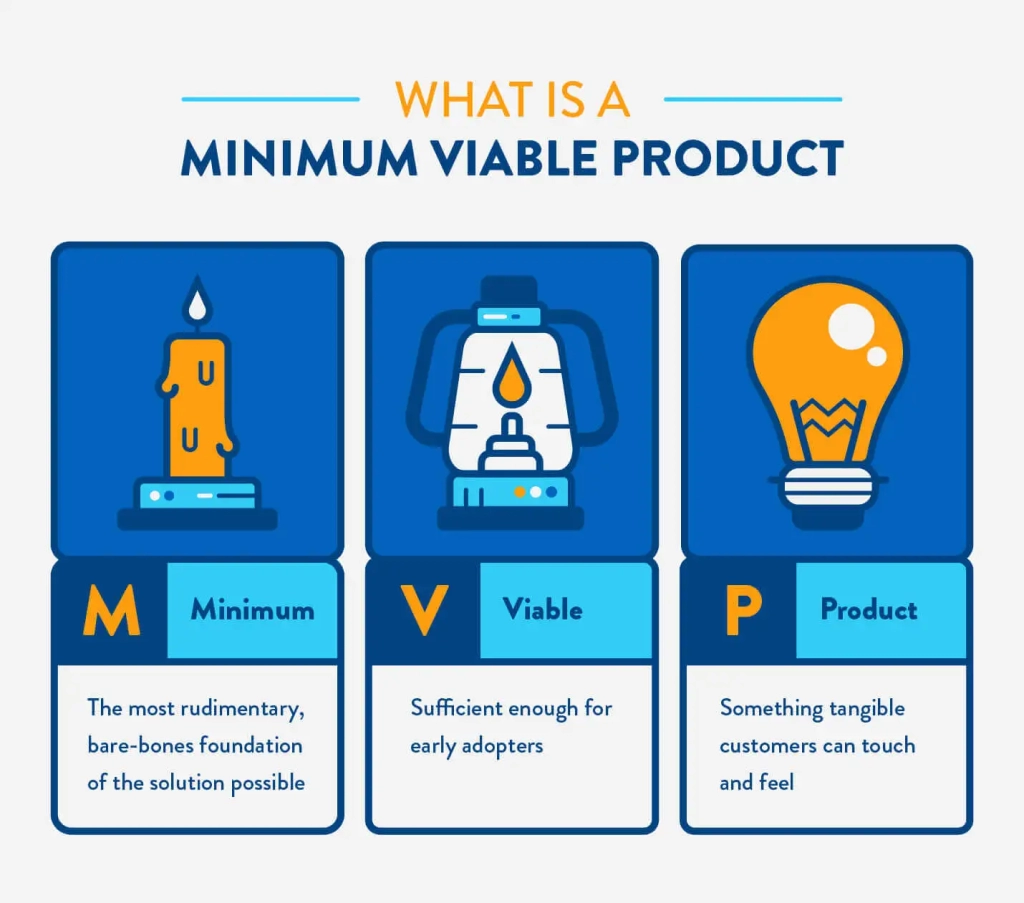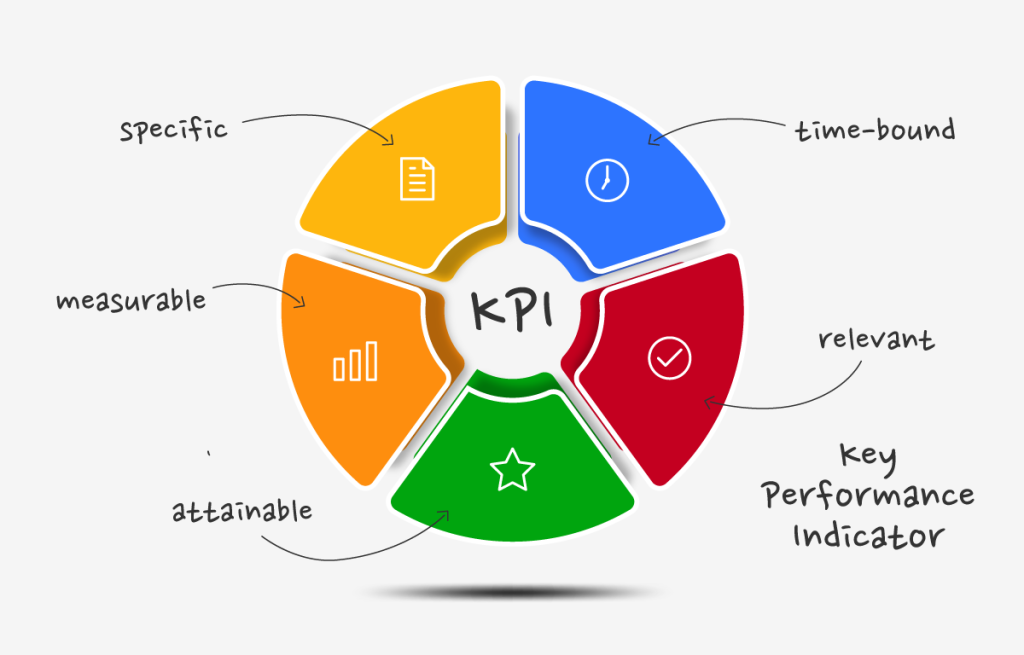- 833-952-4370
- growth@barrybradham.com
- Huntington Beach, California
A comprehensive exploration of these essential steps to success, shedding light on the pivotal strategies that pave the way for a prosperous business endeavor.

Embarking on a new venture is a journey filled with uncertainties and challenges, but by following the right steps to success, entrepreneurs can navigate these uncharted waters with confidence. The path to establishing a flourishing enterprise requires a strategic approach that encompasses various key phases, from idea generation to scaling. In this blog, we will delve into a comprehensive exploration of these essential steps to success, shedding light on the pivotal strategies that pave the way for a prosperous business endeavor.
A startup is a fledgling company founded by individuals or a small team with a visionary idea aiming to address a specific problem or offer a novel product/service. What sets startups apart is their focus on innovation, scalability, and growth potential. These ventures often operate under conditions of uncertainty and limited resources, driving the need for creative problem-solving and adaptability. The startup journey typically encompasses phases like ideation, market research, business planning, product development, fundraising, and market entry.

Startups are innovative ventures that begin small, aiming to disrupt markets with fresh ideas, agile strategies, and potential growth.
Startups also embrace a culture of experimentation and continuous learning, with a willingness to pivot based on market feedback. The ultimate goal is to achieve sustainable growth, attract investors, and establish a unique position in the market. Understanding the nuances of startups empowers entrepreneurs to navigate the challenges and opportunities inherent in this dynamic and exhilarating business realm.
The first step towards a successful new venture is idea generation and validation. This involves brainstorming and identifying innovative concepts that solve a specific problem or fulfill a need in the market. Validating the idea entails researching its feasibility, demand, and uniqueness. For instance, Airbnb emerged by addressing the need for unique lodging experiences, transforming spare rooms into accommodations. Validating the idea through surveys, focus groups, or MVP testing minimizes the risk of pursuing an unsustainable concept.

Airbnb met unique lodging needs by converting rooms, validating via surveys and MVP to mitigate risk.
Conduct thorough market research to understand industry trends, competition, and consumer behaviors. Identify your target audience – the group most likely to benefit from your product or service. Tailor your offerings to meet their preferences and pain points. By understanding the market and audience, you can create a focused and compelling marketing strategy, ensuring that your efforts resonate with the right people, enhancing your chances of success.

Through comprehensive market research, identify industry trends, competition, and target audience preferences to shape a resonant marketing strategy for success.
Strategic business planning involves outlining the venture’s mission, vision, goals, and actionable strategies. This step defines the direction of the business and guides decision-making. Google’s strategic shift from being a search engine to an all-encompassing tech giant demonstrates effective business planning. A well-structured plan also considers potential obstacles and provides contingency measures. This roadmap helps allocate resources wisely and adapt to evolving market conditions.

Google‘s evolution into a tech giant showcases strategic planning with adaptability and contingency measures.
A mindset for success is intrinsically tied to its team. Assemble a diverse team with complementary skills and a shared passion for the venture’s mission. Each member should bring expertise to areas such as product development, marketing, finance, and operations. A strong team fosters innovation, collaboration, and resilience, crucial for navigating challenges. Nurture a positive work culture that encourages open communication and continuous learning. A cohesive team maximizes efficiency and provides the foundation for sustainable growth.

A diverse, skilled team with shared mission encourages innovation, collaboration, and resilience, vital for growth.
Product development involves refining the initial idea into a tangible offering. Following Lean Startup principles, creating a Minimum Viable Product (MVP) is key. The MVP focuses on core features, allowing for early user feedback and iterative improvements. Dropbox employed this strategy, launching with a simple file-sharing MVP that gauged demand before full-scale development. This approach minimizes resource waste and ensures that the final product aligns with customer needs.

Creating a Minimum Viable Product (MVP) with core features gathers early feedback for improvements.
Securing funding is one of the critical steps to success in ensuring the growth and sustainability of a new venture. It involves acquiring financial resources to fuel product development, operations, and expansion. Funding options range from bootstrapping and angel investment to venture capital and crowdfunding. Effective funding strategies require a clear business plan, a compelling value proposition, and a well-defined growth trajectory. Demonstrating market potential, financial projections, and a solid understanding of the competitive landscape attracts investors, allowing the venture to reach its milestones and capitalize on opportunities.

Secure funding for growth by showcasing market potential, clear plans, and competitive insight to attract investors.
A go-to-market (GTM) strategy outlines how a product/service will reach its intended audience. Utilizing the “4Ps” (Product, Price, Place, Promotion) framework helps align marketing efforts. Apple’s iPhone launch exemplified a well-executed GTM, strategically positioning the product with a premium price, exclusive carriers, and an integrated marketing campaign. Tailoring the strategy to the target audience’s preferences and behavior enhances market penetration and uptake.

Employing the “4Ps” aligns marketing, as Apple’s iPhone launch demonstrated with strategic positioning.
Adaptability and flexibility are essential steps to success in a new venture. Markets are dynamic, and unforeseen challenges are inevitable. Being open to change and willing to pivot strategies based on evolving circumstances is crucial. During the COVID-19 pandemic, many restaurants adapted by shifting to online delivery and takeout services, ensuring survival despite the restrictions on indoor dining. Remaining agile allows a venture to respond to customer needs, capitalize on emerging trends, and navigate disruptions, ensuring long-term viability in a rapidly changing business landscape.

Amid the pandemic, restaurants adapted via online services, surviving despite indoor dining restrictions.
Building strong customer relationships fosters loyalty and word-of-mouth marketing. The Customer Relationship Management (CRM) system systematizes interactions, enhancing customer understanding and satisfaction. Amazon excels in this, leveraging personalized recommendations and efficient service. Engaging customers through feedback, loyalty programs, and social media cultivates lasting connections, leading to repeat business and advocacy.

CRM enhances customer satisfaction; Amazon’s personalized recommendations showcase its effectiveness.
Measuring and scaling are intertwined processes essential as steps to success for a venture’s success. Measuring involves tracking key performance indicators (KPIs) to evaluate the effectiveness of strategies and operations. These metrics provide insights into customer acquisition, retention, revenue generation, and operational efficiency. Once a venture has validated its product-market fit, scaling becomes the focus. It entails expanding operations, reaching new markets, and accommodating increased demand while maintaining quality. A well-executed scaling strategy ensures the venture can handle growth without compromising its core value proposition or customer experience.

Measure KPIs for effectiveness, then scale while maintaining quality and value proposition.
Failure is a stepping stone to a plan for success. The Fail-Fast model encourages taking calculated risks and quickly learning from failures. Learning from failure cultivates resilience and innovation, as demonstrated by Thomas Edison‘s numerous attempts before inventing the light bulb. Persistence through setbacks and rejections is fundamental; entrepreneurs who persevere despite obstacles often achieve breakthroughs and lasting accomplishments.

Learning from failure, like Edison’s light bulb attempts, fosters innovation and resilience.
In the ever-evolving landscape of business, mastering the steps to success is the cornerstone of building a resilient and thriving new venture. Each phase, from validating ideas to adapting to market shifts, plays a vital role in sculpting the trajectory of a startup.
By acknowledging the significance of strategic planning, flexibility, and customer-centricity, entrepreneurs can not only overcome challenges but also establish a lasting impact in their chosen industries. Aspiring and seasoned entrepreneurs alike must remember that success is not solely determined by the destination, but by the careful and well-executed steps taken along the way. Visit Barry Bradham’s blogs for more winning startup tips!

A serial entrepreneur, a certificated coach and a dot’com that is eager to share his experience to other business owners.
Barry Bradham Entrepreneur ©️ 2022. All rights reserved.